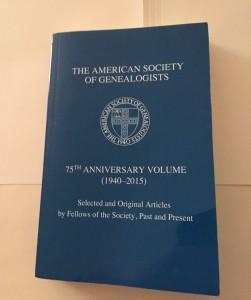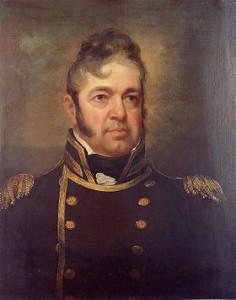 The American Society of Genealogists (ASG) was founded on 28 December 1940 in New York City as an independent society of leading published scholars in the field of American genealogy. An honorary society, ASG is limited to fifty lifetime members designated as Fellows, who may use the initials FASG (see the ASG website, fasg.org, for lists of Fellows past and present). In 1940 nothing existed to honor significant achievement in the field of genealogy or to identify competent genealogists. The three founders of ASG – Arthur Adams, John Insley Coddington, and Meredith B. Colket, Jr. – wanted to change that situation.
The American Society of Genealogists (ASG) was founded on 28 December 1940 in New York City as an independent society of leading published scholars in the field of American genealogy. An honorary society, ASG is limited to fifty lifetime members designated as Fellows, who may use the initials FASG (see the ASG website, fasg.org, for lists of Fellows past and present). In 1940 nothing existed to honor significant achievement in the field of genealogy or to identify competent genealogists. The three founders of ASG – Arthur Adams, John Insley Coddington, and Meredith B. Colket, Jr. – wanted to change that situation.
From the outset, ASG was (and still is) dedicated to (1) advancing genealogical research methods and encouraging publication of the results, and (2) securing recognition of genealogy as a serious subject of research in the historical and social science fields of learning. Continue reading A significant anniversary in genealogy →





